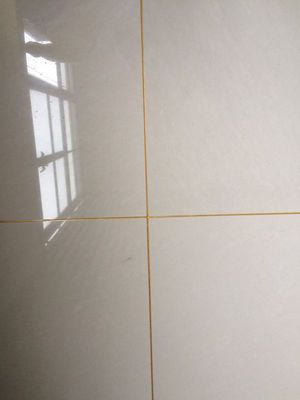High performance ceramic tile joint sealant construction - joint sealant construction video download
Extended Reading
-

What are the requirements for anti-corrosion coating construction? What are the requirements for anti-corrosion coating construction? Anticorrosive coating has a high anti rust effect of hot galvanizing, no need for primer, steel surface treatment, saving man hours, low cost, and effectively shortening the construction period. What are the requirements for anti-corrosion coating construction? Anticorrosive coating construction requirements 1. For work at heights, people are positioned at the height of the benchmark. When working in a building, if the operation is carried out on a shelf of more than 2m, it is called work at heights. In the coating work, the proportion of high falling and object strike accidents in high place work is the largest. Properly wearing helmets, safety belts or erecting safety nets as required can effectively avoid casualties. 2. In terms of electrical hazards, electrical hazards to painting operations not only cause fire and explosion, but also involve other safety issues. Electrical hazards include static electricity, lightning and electric shock. Static electricity can cause electric shock to the human body, resulting in combustion, explosion and other hazards. Lightning mainly refers to the damage to electrical equipment and control system and personal injury caused by lightning stroke. Electric shock accidents happen suddenly in the past, causing serious consequences in a very short time, endangering human life safety. 3. Chemical pollution and toxic injury: solvent coating products themselves have certain chemical hazards. In the work of Xuzhuang, it should be noted that the solvent and diluent in the paint may cause air pollution and harm human health. 4. Fire and explosion hazard solvent based coatings, as well as diluents used in painting operations, are mostly flammable and explosive materials, so the painting operation itself has hidden dangers of fire and explosion. The possible causes of fire and explosion are that electrostatic coating does not comply with the operating procedures, which is easy to generate spark; Waste paint, paint mist, waste rags of paints and solvents, etc. are not well kept, and they are easy to cause spontaneous combustion and ignition when piled together; Improper selection or use of electrical equipment, or failure to timely repair after damage, insufficient explosion-proof grade, etc; Lightning disaster in thunderstorm season. 5. In terms of noise hazard, sound exceeding 100dB is strong noise. People working under this noise will temporarily reduce their hearing, but can recover it. However, hearing loss or even hearing loss caused by noise above 150dB cannot be recovered. Therefore, if it exceeds 85dB, protective measures must be taken. The noise level will vary according to the equipment type, location and location. Excessive noise needs to protect workers' hearing. label: Anticorrosive coating -
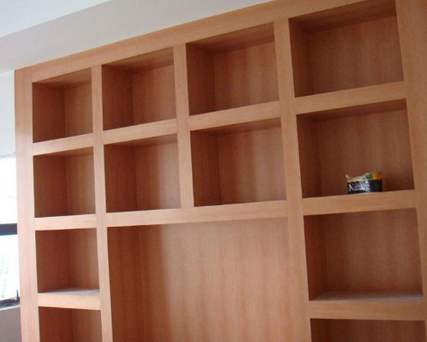
What are the tips of wood paint construction? What are the tips of wood paint construction? Wood coatings in China are mainly used in two fields, one is for furniture manufacturers, the other is for interior decoration, that is, furniture paint and home decoration paint; According to the different use places of wood products, wood paint construction also needs attention. What are the tips for wood paint construction? Tips for wood paint construction 1 Preparation. When painting, the environment and painting tools must be clean. Operators should wear clean work clothes and clean work caps. Know how 2. Pre dedusting. First, polish the wood surface and deal with the floating ash. When cleaning, use a special dust cloth, and use a vacuum cleaner to repeatedly clean large areas (such as the floor). Tip 3 Humidity control. When the ambient humidity is greater than 85%, it is not suitable for construction, otherwise it is easy to cause paint film whitening and other defects. Know how 4 coating grasp. The paint should be thin rather than thick, and can be applied in thin layers and multiple layers; During multi-layer coating construction, each coat shall be applied after the lower layer is completely dry, and each coat shall be polished. Tips 5 vary from material to material. Understand the woodiness of wood. If it is hard wood (such as teak, beech, Bengali), be careful to use putty, foam water, etc. as the primer to avoid discoloration and affect the adhesion. For hard wood, if you want to get the best effect, you can brush paint directly. If you need to fill gaps, it is recommended to mix paint and fine wood powder to fill them evenly; For ordinary wood, if transparent putty is required for substrate treatment, the entire base course should be evenly coated with a scraper, which should be thin rather than thick. After drying, the polishing should be even and the excess transparent putty attached to the wood surface should be thoroughly polished to avoid paint disease. Know how 6. Proper temperature construction. When the temperature drops below 5 ℃, the drying time will be prolonged, and at the same time, if the temperature is too low, white fog or extinction will occur, so construction should be avoided in this case; Avoid operating under direct sunlight or high temperature. If the temperature is too high, the paint will dry quickly, which will also produce pinholes or bubbles. Therefore, high temperature construction should be avoided as far as possible. label: Wood lacquer -
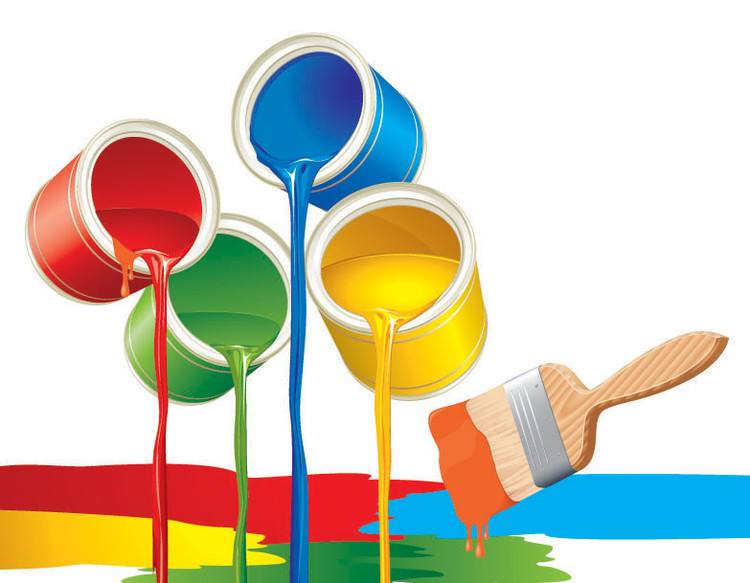
What are the steps in the construction process of water-based paint? Construction process of water-based paint? Nowadays, in the process of home decoration construction, people often use water-based wood paint. As a kind of environment-friendly paint with water as diluent, its characteristics of low pollution and low harm are gradually favored by more and more owners. The construction of water-based paint is also very important. What are the steps in the construction process of water-based paint? Waterborne paint construction process 1. Base material treatment: the moisture content of wood base material shall not be higher than 12%. If there is a sense of moisture when touching with hands, construction is not allowed. The base material shall be kept clean and flat, and the surface shall be free of oil stain, glue and other impurities. If there is any stain, it shall be removed in time. 2. Putty scraping: during construction, putty shall be applied from top to bottom, from left to right. Generally, it shall be applied twice. Each time, it shall not be too thick, and it shall be kept as flat as possible without leaving traces, so as not to affect subsequent construction. 3. Brush primer: when using the primer, add 5%~10% water to dilute it, and mix it evenly. The primer needs to be painted three times, with an interval of 2-3 hours between each process. After drying, use 400 # sandpaper to polish. 4. Brush finish paint: when using the finish paint, add 5%~10% water to dilute it, and mix it evenly. Generally, the finishing coat shall be painted twice, and the interval between each process shall be 2-3 hours. After drying, it shall be polished with 800 # sandpaper. 5. If the oily primer has been applied before the water-based wood paint is applied, it can be polished with 400 # sandpaper before the water-based wood paint is applied, so as to increase the surface adhesion. 6. When applying wood primer, the relatively rough substrate shall be polished with 360-400 # sandpaper first, and the primer can be applied only after the grinding dust is removed; The dust that has entered the wood grain can be removed with a brush or wet towel. label: Waterborne paint -
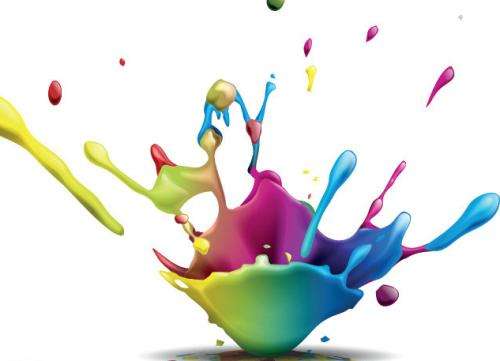
What are the precautions for water-based paint construction? What are the precautions for water-based paint construction? The construction of water-based paint needs to add clean water by oneself, so the technical difficulty required is relatively large, and it depends very much on the operating experience of the constructor. It is particularly important to master its construction technology and operate in strict accordance with the specifications. What are the precautions for water-based paint construction? Precautions for water-based paint construction 1. The construction conditions of water-based wood paint are: temperature 10 ℃ – 30 ℃, relative humidity 50% – 80% (preferably 25 ℃, humidity ≤ 70%). If the construction conditions cannot be met, small area tests shall be carried out first to avoid construction defects. 2. The temperature of water-based wood paint shall be consistent with that of the surface to be painted. It is not allowed to paint on wood with low temperature. Although the water-based wood paint can be applied and dried in the sun, it should be avoided to paint on the hot surface. The properties of the two are different. 3. When painting on the vertical surface, add 5% – 10% clean water in the paint solution for dilution, and then paint by spraying or brushing. The coating should not be too thick, and the amount of paint dipped should be small to prevent sagging. 4. If the paint liquid is too thick during construction, it can be properly mixed with clean water for commissioning, and the amount of water added depends on the situation. 5. The number of construction times depends on the required quality and effect, and usually 3-4 times can achieve good results. 6. Before painting, the compatibility of the used water paint with the primer or colorant must be confirmed. 7. Although the surface of water-based wood paint dries quickly, it takes a long time for all the moisture in the paint film to escape. Generally, it can reach the best state after 7 days of drying. label: Waterborne paint -
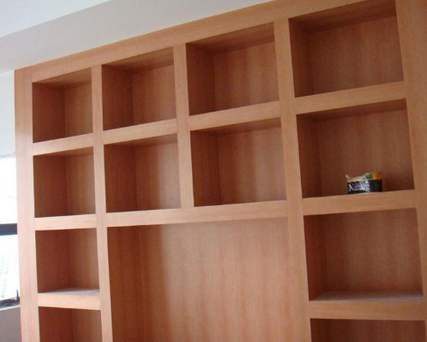
What are the construction processes of water-based furniture paint What are the construction processes of water-based furniture paint? Due to the characteristics of water, water-based wood coatings can only be applied under certain environmental temperature conditions. The ambient temperature includes workpiece surface temperature, air temperature and paint temperature. What are the construction processes of water-based furniture paint? Construction process of water-based furniture paint I, white paint process of wood products with veneered panels 1, mobilization of plates: ① base treatment. ② Painting primer: wood sealing primer shall be diluted with 20-30% water and painted once. 2. Finished woodwork: ① seam repair: use putty to repair nail holes; Use a blade to cut a 1mm deep V-shaped groove at the corner joints, and then repair the joints. After drying, use sandpaper to polish it flat, and wipe it with a dry towel. ② Surface plastering: scrape Dufang special water mixed paint putty, scrape 2-3 times for leveling, the thinner the putty is, the better, and thoroughly polish it after drying. ③ White paint primer. ④ White paint finish. 2、 White paint process of wood block board not pasted with panel 1. Plate mobilization: ① Base treatment ② Apply primer. 2. Finished woodwork: ① joint repair. ② Surface scraping. ③ White paint primer: spray or brush wood color paint primer for 2-3 times, with 20-30% water content, polish and level with sandpaper and multi-functional sandpaper before each coat, and the recoating time is 4-6 hours. ④ White paint finish: after the primer dries, use sandpaper and multi-functional sanding to polish and smooth, white paint finish is sprayed for 3-4 times, and the amount of water added is 5-10%. After each coat of finish paint is sprayed and dried, use sandpaper and multi-functional sanding to gently grind and remove dust, and the recoating time is 4-6 hours. 3、 Surface coloring paint (surface color trimming) construction process 1. Plate mobilization: ① base treatment. ② Apply primer. 2. Woodwork finished products: (1) Before coloring the surface, it is necessary to prepare nail hole putty of similar color to the panel to repair the nail holes and joints, and thoroughly polish after drying. (The color paste and wood varnish shall be mixed at 15%, and a bucket of PU wood varnish shall be mixed with 37-40ml color paste and mixed evenly) (2) Directly spray the prepared Dufang PU wood transparent color paint for 2-3 times, with an interval of 4-6 hours. Note: The color will become darker and irreversible after one more coat of transparent paint is sprayed. (3) Construction of Dufang PU wood transparent varnish ① Open process: apply Dufang PU wood varnish 2-3 times. ② Saturated process, brush or spray three to four times of Dufang PU wood varnish. label: Furniture paint -

What are the common problems of emulsion paint in construction? Emulsion paint engineering is an indispensable process in home decoration. The following is a very simple study of several problems that may occur frequently to help people better control their own decoration. What are the common problems of latex paint in construction? Common problems in latex paint construction 1. The specific causes of wall cracking depend on the situation. If it is a GRC lightweight partition wall, the joints should be carefully treated to prevent cracking. Generally, glass fiber cloth or kraft paper is used. The partition board itself is prone to small cracks, so it is better to paste glass fiber cloth or beanbag cloth fully to ensure that there are as few cracks as possible in home decoration, In the case of load-bearing wall or solid wall, the reason for cracking may be that the construction putty is too thick or the putty is not dry after a short interval. In this case, there are many cases when the old house is transformed into leveling. 2、 Uneven wall patterns and colors are mainly due to the different colors of the base course, which have not been treated. This situation must be covered by full puttying or brushing a primer. In addition, when selecting materials, pay attention to selecting the same manufacturer, the same variety and the same batch number, otherwise there will be color difference. 3、 The main reasons for the rough surface are that the base treatment is not clean, the brush has sand, debris or the operating environment is not clean. The preventive measures include cleaning the base course, cleaning the brush, and dustproof the environment. 4、 The main reason for peeling is that the base course is too smooth or greasy. The preventive measures are to brush the base course with a steel brush and clean it. The greasy dirt is decontaminated with solvent. label: Latex paint -
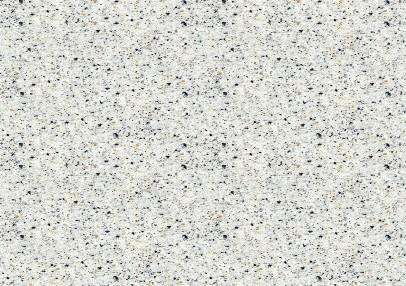
What are the precautions for stone like paint construction? Precautions for stone like paint construction? The construction of real stone paint is a big project, and many people think that it is a rough job. But as we often hear that details determine success or failure, what are the precautions for stone like paint construction? Precautions for stone like paint construction 1. During construction, the scaffold should be about 30cm away from the wall. If the distance is too close, there may be contact marks between the upper and lower layers of the scaffold, affecting the decoration effect. 2. Non sprayed parts and objects shall be separated by baffles or paper. 3. The air temperature during construction shall be higher than 5 ℃, and the construction shall not be carried out when the wind force is greater than level 4. The main coating shall be protected from rain and snow within 24 hours of spraying. 4. Oily primer and finishing coat are flammable and dangerous goods, and fireworks are strictly prohibited during construction. 5. After the construction of the main coating, the tools shall be cleaned with water immediately. 6. After the construction of oily primer and finishing coat, the tools shall be cleaned with xylene and other solvents. 7. During construction, it is strictly prohibited to add water to dilute the materials at will. 8. When the temperature is low, the same wall must survive at one time, otherwise, even if the same batch is constructed for a long time, slight color difference will occur. label: Lacquer -
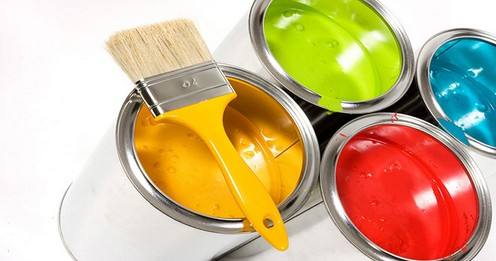
How about the performance of water-based paint? What are the disadvantages? How about the performance of water-based paint? With the pressure of environmental protection policies, consumers' awareness of environmental protection continues to improve; In particular, provinces and cities across the country have issued VOC emission limit standards, encouraging the use of non solvent paints, water-based paints and other environmental friendly coatings, which has brought opportunities for development. How about the performance of water-based paint? What are the disadvantages? Performance of water-based paint (1) Poor pigment dispersion. Waterborne paint belongs to polymer dispersion system, and pigment dispersion is not very good, so measures must be taken to improve it. (2) The stability of dispersed particles is poor. Dissolved molecules are stable to shear force, heat, pH, etc., while dispersed particles are unstable, so stability measures should be taken for the dispersion system. Dispersed particles will be damaged after being subjected to shear force, so it is necessary to consider avoiding the role of shear force in the process of manufacturing and transporting water-based paint. Dispersed particles are very sensitive to pH value, and acid particles will be formed when acid substances are mixed into the paint, thus causing gelation and destruction of water-based paint. In addition, dispersed particles of water-based paint will also be damaged after freezing during transportation. (3) High surface tension. The surface tension of water is large (see Table 2), so the surface tension of water-based paint is also large. Management should be strengthened during the construction process, otherwise the following defects and film defects are likely to occur during coating: a. easy sagging; b. Poor flattening; c. It is easy to produce shrinkage cavity and pinhole; d. It is not easy to stretch into the small cracks on the surface of the coated object. (4) The evaporation heat and heat capacity are high and are greatly affected by temperature and humidity. The high evaporation heat and heat capacity of water (see Table 2) slow the evaporation of water in water-based paint. 50% of the total amount of solvent in solvent based paint evaporates during spray atomization, while only 25% for water-based paint. Slow evaporation of water is easy to cause sagging during painting, and makes painting efficiency worse. Therefore, an intermediate heating zone is required to volatilize water from the water-based primer coating. Before spraying varnish, 90% of water must be removed from the water-based primer coating (to prevent boiling water from volatilizing through the varnish during final baking) to obtain the best paint film appearance, so as to prevent the water-based primer from being re dissolved by the varnish. The evaporation rate of water is closely related to the relative humidity. When the relative humidity is high, the evaporation rate of water is very low. Therefore, the relative humidity and temperature of the spray booth must be controlled within a certain range to ensure that an appropriate amount of water is volatilized during the spray atomization process, and that water and organic solvents are properly balanced in the film. This proper balance is very important, which can make the paint have proper surface tension to wet the sprayed surface (see Table 2). (5) Good conductivity. The dielectric constant of water is large (see Table 2), so the conductivity of water-based paint is good. Generally, the resistance of water-based paint is less than 0.1M Ω), while solvent based paint has a certain resistance: 0.5~20M Ω. Waterborne paint has good conductivity, and there are special requirements when electrostatic spraying is used. (6) High corrosivity. The water-based paint contains a lot of water, so it is corrosive to containers, transmission pipelines, paint booth and other parts vulnerable to moisture. Stainless steel or plastic products are required. (7) Rheological behavior. When the viscosity of fluid decreases with the increase of shear rate, it is called pseudoplastic fluid. The rheological behavior of pseudoplastic fluid is related to its rheological path, that is, it is time dependent, so it is called thixotropic fluid. Based on the characteristics of water-based paint, the viscosity value measured by flow cup does not have reproducibility, and the complete rheological curve of data points including low shear rate and high shear rate measured by rotary viscometer can give the complete characteristics of rheological behavior of water-based paint. Disadvantages of water-based paint 1. The water-based paint has high requirements on the cleanliness of the surface during construction and materials. Because of the large surface tension of water, dirt is easy to cause shrinkage of the film; 2. The dispersion stability of water-based coatings against strong mechanical forces is poor. When the flow rate in the transmission pipeline changes sharply, the dispersed particles are compressed into solid particles, causing pockmarks in the film. The conveying pipeline shall be in good shape and the pipe wall shall be free from defects. 3. Waterborne coatings are highly corrosive to coating equipment, so anti-corrosion lining or stainless steel materials are required, and the equipment cost is high. The corrosion of water-based coating on the transmission pipeline and the dissolution of metal cause the precipitation of dispersed particles and the pitting of the coating film. Stainless steel pipes are also required. 4. Baking water-based coating has strict requirements on construction environmental conditions (temperature and humidity), which increases the input of temperature and humidity regulating equipment and energy consumption. 5. The evaporation latent heat of water is large, and the baking energy consumption is large. Cathodic electrophoretic coating shall be baked at 180 ℃; However, the time for latex coating to completely dry is very long. 6. Organic cosolvent with high boiling point will produce a lot of oil smoke during baking, which will drop on the surface of the film after condensation and affect the appearance. label: Waterborne paint -
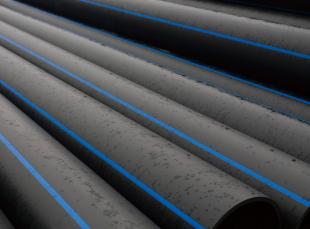
How about the performance of PE pipe products? How are pipes connected? How about the performance of PE pipe products? PE pipe is a commonly used municipal pipe, which is widely used in the drainage manufacturing field. It has the characteristics of high strength, high temperature resistance, corrosion resistance, non-toxic, abrasion resistance, etc. What about the performance of PE pipe products? How are pipes connected? The PE pipe product has good sanitary performance: no heavy metal salt stabilizer is added when processing the PE pipe, the material is non-toxic, there is no scaling layer, and there is no bacteria, which solves the secondary pollution of urban drinking water. Excellent corrosion resistance: except for a few strong oxidants, it can resist the erosion of various chemical media; No electrochemical corrosion. Long service life: Under rated temperature and pressure conditions, PE pipes can be safely used for more than 50 years. Good impact resistance: PE pipe has good toughness and high impact strength. Heavy objects directly press the pipe, which will not cause the pipe to break. Reliable connection performance: the strength of PE pipe hot-melt or electrofusion interface is higher than the pipe body, and the joint will not be disconnected due to soil movement or live load. Good construction performance: the pipeline is light, the welding process is simple, the construction is convenient, and the comprehensive cost of the project is low. Pipe connection: electrothermal fusibility: special electrothermal welding machine is used to connect straight pipes with straight pipes and straight pipes with pipe fittings. Generally, it is used for pipes below 160mm. Hot melt butt connection: special butt welding machine pipes are used for connection, generally used for pipes above 160mm. Steel plastic connection: flange, screw thread and other methods can be used for connection. Corresponding tools shall be prepared to facilitate construction and ensure construction quality. For example, rotating cutter cuts pipes; Rotating scraper -- scrape off the oxide skin on the surface of the pipe; Wall climbing scraper -- scrape off the scale on the surface of large-diameter pipes; Gas cut-off tool -- to realize gas cut-off field operation. label: PE pipe -
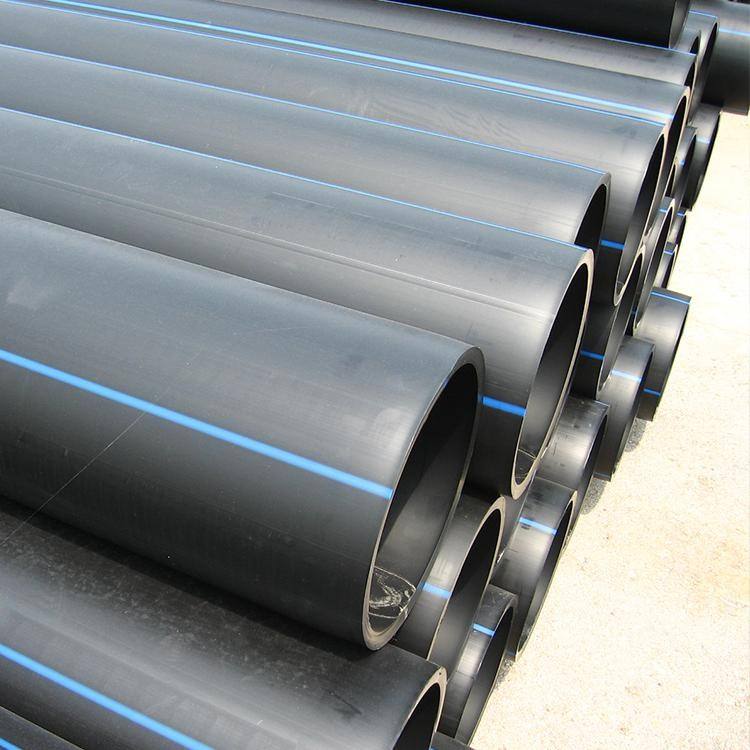
What are the performance advantages of PE pipe? What are the performance advantages of PE pipe? A good pipe should not only have good economy, but also have a series of advantages such as stable and reliable interface, impact resistance, crack resistance, aging resistance, corrosion resistance, etc. What are the performance advantages of PE pipe? Performance advantages of PE pipes (1) Reliable connection: polyethylene pipe systems are connected by electrothermal melting, and the strength of the joint is higher than the strength of the pipe body (2) Good low-temperature impact resistance: polyethylene has extremely low low-temperature embrittlement temperature, and can be safely used within the temperature range of - 60-60 ℃. During winter construction, due to the good impact resistance of the material, no pipe embrittlement will occur. ⑶ Good resistance to stress cracking: HDPE has low notch sensitivity, high shear strength, excellent scratch resistance, and excellent resistance to environmental stress cracking. ⑷ Good chemical corrosion resistance: HDPE pipeline can resist the corrosion of various chemical media, and the chemical substances in the soil will not cause any degradation to the pipeline. Polyethylene is an electrical insulator, so it will not rot, rust or electrochemical corrosion; In addition, it will not promote the growth of algae, bacteria or fungi. ⑸ Aging resistance and long service life: polyethylene pipes containing 2-2.5% evenly distributed carbon black can be stored outdoors or used for 50 years without being damaged by ultraviolet radiation. (6) Good abrasion resistance: the abrasion resistance comparison test of HDPE pipe and steel pipe shows that the abrasion resistance of HDPE pipe is 4 times that of steel pipe. In the field of slurry transportation, compared with steel pipes, HDPE pipes have better wear resistance, which means that HDPE pipes have longer service life and better economy. (7) Good flexibility: The flexibility of HDPE pipe makes it easy to bend. In engineering, it can bypass obstacles by changing the direction of the pipe. In many cases, the flexibility of the pipe can reduce the consumption of pipe fittings and reduce the installation cost. (8) Low water flow resistance: HDPE pipe has smooth internal surface, and its Manning coefficient is 0.009. Smooth performance and non adhesion characteristics ensure that HDPE pipes have higher transmission capacity than traditional pipes, and also reduce the pressure loss and water transmission energy consumption of the pipeline. (9) Convenient handling: HDPE pipes are lighter than concrete pipes, galvanized pipes and steel pipes, which are easy to handle and install. Lower labor and equipment requirements mean that the installation cost of the project is greatly reduced A variety of new construction methods: HDPE pipeline has a variety of construction technologies. In addition to the traditional excavation method, it can also use a variety of new non excavation technologies, such as pipe jacking, directional drilling, lining, pipe splitting, etc. This is the only choice for some places where excavation is not allowed, so HDPE pipeline has a wider application field. label: PE pipe
Paint agent joining
-
10 minutes ago Mr. Zhao from Zhejiang Province has consulted on joining -
18 minutes ago Mr. Zhou of Henan obtained the joining materials -
38 minutes ago Mr. Wang of Guangdong has consulted on joining -
56 minutes ago Ms. Xie from Guangdong Province consulted on joining -
58 minutes ago Mr. Yu of Zhejiang obtained the joining materials -
1 hour ago Mr. Ni from Jiangsu Province consulted on joining -
1 hour ago Mr. Du from Zhejiang Province has consulted on joining -
1 hour ago Mr. Huang from Guangdong Province consulted on joining
Submitted successfully
-
Hot News -
Selected information
-
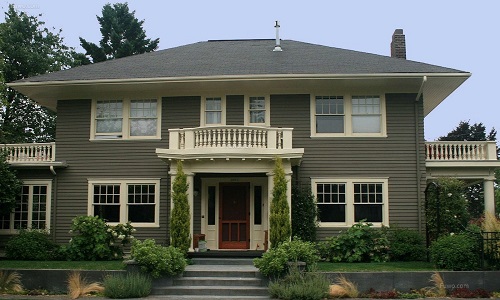
Exterior wall paint color effect picture Exterior wall color panorama picture appreciation -
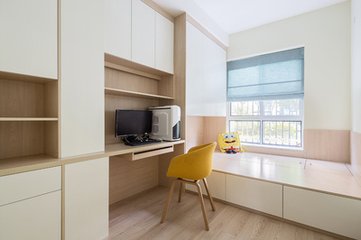
Is there anything fishy about the 19800 yuan Oupai? Is the European Pie 19800 Package a Trap? -

It is not recommended to decorate the house with wall cloth? What's the reason? -
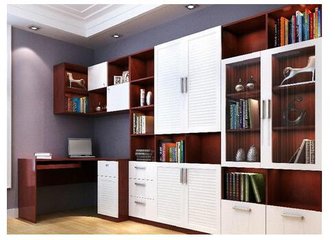
Opaicn and European school are not the same. The difference between Opaicn and European school -
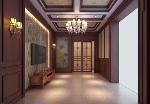
When is the bamboo wood fiber integrated wall fraud? Learn more to avoid being cheated
-
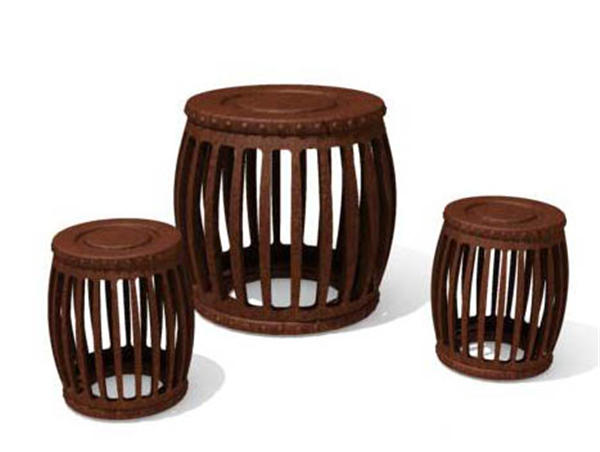
Furniture painting steps Video tutorial How to change the color of furniture painting steps -

The TV background wall is too ugly and simple. Have you ever used carving to store it- TV Wall Map -
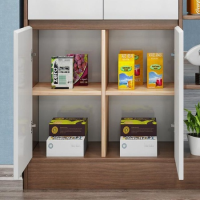
Pictures of partition in shoe cabinet -
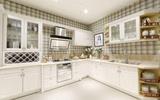
Waterproof? fire prevention? Have you selected the right cabinet- cupboard -
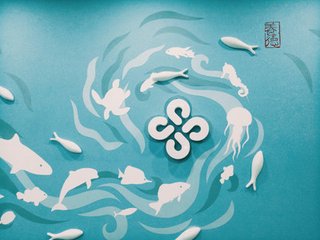
Is the montage diatom mud fake? Evaluation of montage diatom mud
Ten related brands
-
Top 10 brands of doors and windows -
Top ten brands of aluminum alloy doors and windows -
Top 10 brands of customized home -
Top 10 brands of plate -
Top 10 paint and coating brands -
Top ten brands of waterproof materials -
Top 10 brands of smart lock -
Top 10 brands of kitchen appliances -
Top 10 brands of integrated stoves -
Top 10 brands of clothes hanger -
Top 10 brands of integrated ceiling -
Top 10 integrated wall brands -
Ten major brands of diatom mud -
Top 10 ceramic brands -
Top 10 bathroom brands

